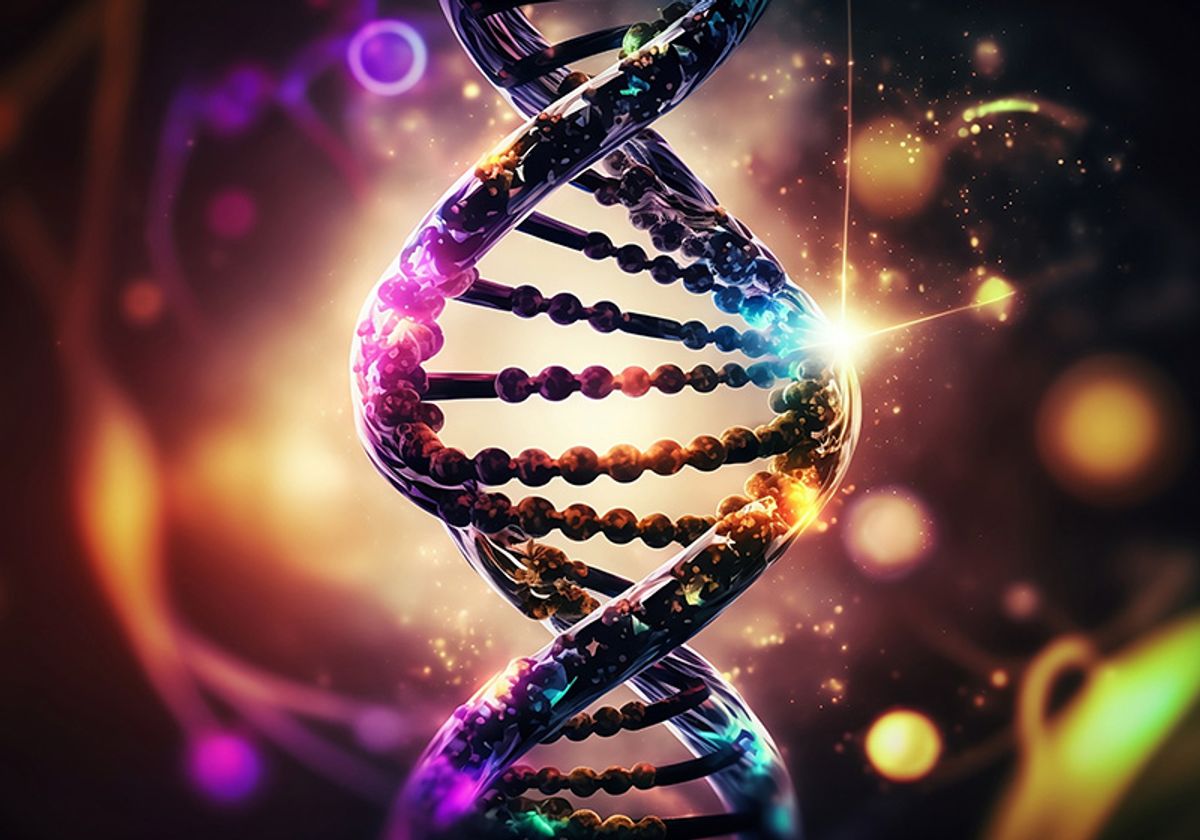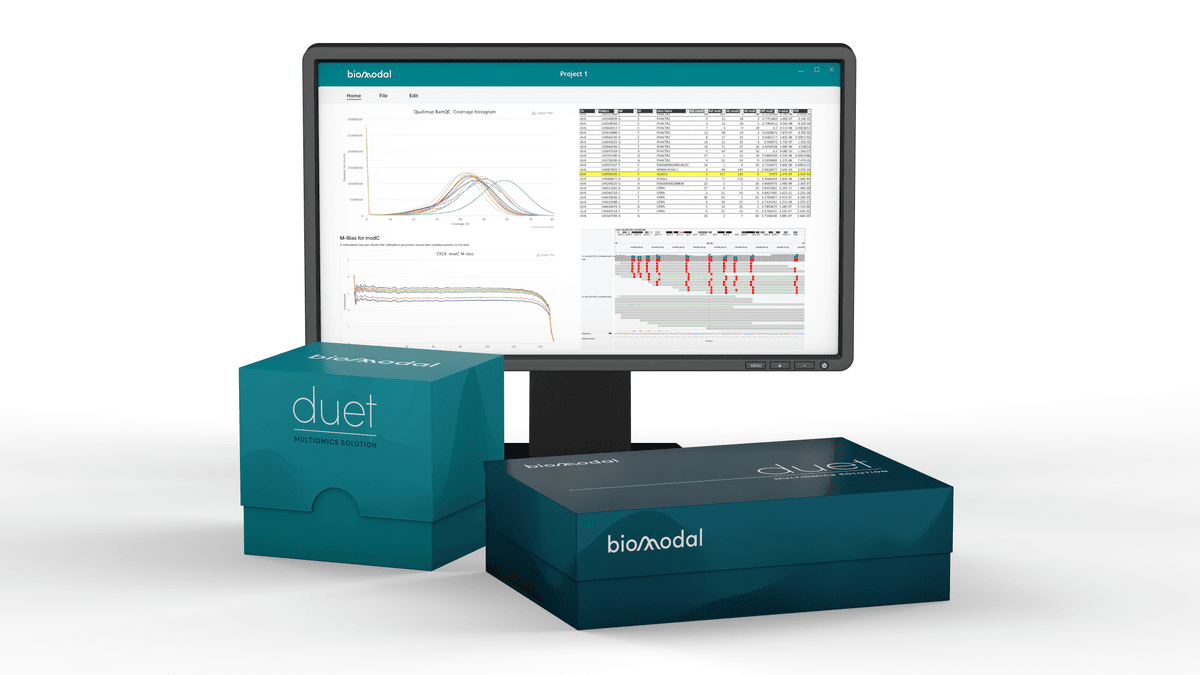A wealth of information lies within DNA, but current technologies limit scientists’ exploration of genetics, epigenetics, and gene expression. Modern sequencing technologies typically analyze one -ome at a time, which reduces the number of questions a researcher can ask and the information they get from their samples. This results in an incomplete picture of their research subject. Instead, researchers seek new methods to characterize multiple modes of biology together to obtain more comprehensive information.
Sequencing Limitations
Genetics and epigenetics go hand in hand. Genetic alterations can influence DNA methylation and epigenetic marks play an important role in controlling gene expression.1 Additionally, changes to methylation patterns influence many diseases, including various cancers, autoimmune disorders, metabolic diseases, and neurological disorders.2,3 Therefore, analyzing the genome alongside the epigenome is crucial for obtaining a complete picture of cellular functions. For example, in a study exploring aging and cancer, researchers found that analyzing somatic genetic mutations together with DNA methylation more accurately predicted a person’s mortality compared to genetic or DNA methylation data alone.4
Next generation sequencing (NGS) short read sequencers only measure four bases—adenine, guanine, cytosine, and thymine—ignoring important DNA modifications. Cystine methylation produces 5-methylcytosine (5mC), which typically turns off gene expression. A series of reactions removes methylation, often inducing gene expression, first by converting 5mC to 5-hydroxymethylcytosine (5hmC). Therefore, identifying 5mC and 5hmC within DNA samples provides crucial information for understanding chromatin availability, enhancer states, and gene expression. However, epigenetic analyses such as bisulfite sequencing only differentiate unmethylated cytosine from methylated cytosine (either 5mC and/or 5hmC), often in ways that limit detection of cytosine to thymine mutations, the most common mutations in the mammalian genome and in cancer.5,6 Methods to distinguish 5mC from 5hmC typically involve separate, parallel workflows, which complicate and slow down research progress.
The Genome and Methylome from One Sample
Multiomic studies run on different instruments require large sample amounts, are costly, and rely on correlations between datasets. To address the need for a streamlined multimodal workflow, biomodal has developed a single solution for measuring and analyzing the genome and the methylome using duet evoC.7 duet evoC employs an enzymatic process that copies each DNA strand across a hairpin structure. This maintains both types of cystine modifications on the original strand for later epigenetic analysis. duet evoC is compatible with short read sequencers, and the process is efficient and avoids degradation, allowing researchers to use as little as 5ng of DNA sample.
After sequencing, the duet proprietary software aligns and compares sequence information from the original and copy strands, computing resolved bases that have both genetic and epigenetic information. This allows researchers to sequence all four DNA bases and distinguish between 5mC and 5hmC. Using the data analysis package, researchers obtain a single multiomic dataset from which they can assess genetic variants and methylation profiles while also predicting chromatin accessibility, gene expression, and enhancer states within the same low-input DNA sample.
By studying the interplay of genetics and epigenetics, researchers can discover disease biomarkers, better understand functional genomics, and identify novel targets for therapeutics in the fields of cancer, neurodegenerative diseases, aging, and beyond.
- Gaunt TR, et al. Systematic identification of genetic influences on methylation across the human life course. Genome Biol. 2016;17(1):61.
- Moen EL, et al. New themes in the biological functions of 5-methylcytosine and 5-hydroxymethylcytosine. Immunol Rev. 2015;263(1):36-49.
- Jin Z, Liu Y. DNA methylation in human diseases. Genes Dis. 2018;5(1):1.
- Nachun D, et al. Clonal hematopoiesis associated with epigenetic aging and clinical outcomes. Aging Cell. 2021;20(6):e13366.
- Cagan A, et al. Somatic mutation rates scale with lifespan across mammals. Nature. 2022;604(7906):517-524.
- Alexandrov LB, et al. The repertoire of mutational signatures in human cancer. Nature. 2020;578(7793):94-101.
- Füllgrabe J, et al. Simultaneous sequencing of genetic and epigenetic bases in DNA. Nat Biotechnol. 2023;41(10):1457-1464.


